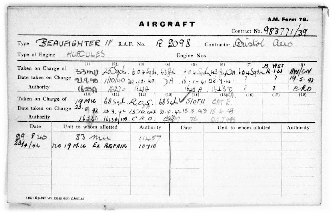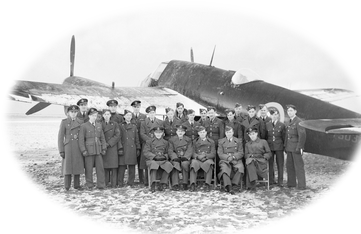Wood at War
Putnoe Wood
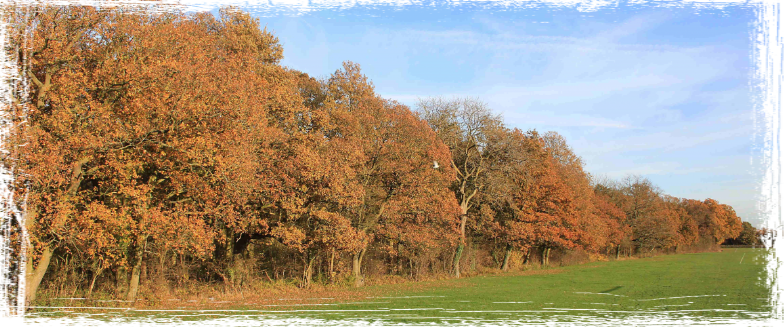
Putnoe Wood At War
On 15th April 1943 a Bristol Beaufighter night fighter came down in Putnoe Wood. The aircraft was on a night time training exercise flying on only one of its two engines from Twinwood airfield. The Accident card below states that when attempting a turn the air speed of the aircraft was too low while only operating on one engine.
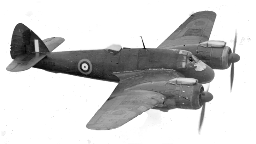
Sadly the pilot FO Fred Dyer of USAAF 415th Squadron was killed.
He is buried in Carroll County, Georgia, USA.
It has been suggested that the plane came down in the Northern part of Putnoe Wood where today there are several indentations and a natural drainage pond. Whether any fragments of the  plane remain in the wood is unknown and as far as we know the actual position has not been confirmed .
plane remain in the wood is unknown and as far as we know the actual position has not been confirmed .
 plane remain in the wood is unknown and as far as we know the actual position has not been confirmed .
plane remain in the wood is unknown and as far as we know the actual position has not been confirmed .Within forty eight hours of the Beaufighter going down in Putnoe Wood a second Beaufighter crashed on the edge of Twinwoods airfield on 17April 1943.
The second pilot was 2nd Lieutenant Willard James Gress. He is interned in Mountain View Cemetery, King County, Washington
The Beaufighters were stationed at Twinwood the home to RAF night fighters for the majority of World War II.
The 51 Operational Training Unit was formed at Debden in July 1941. Moved to Cranfield and Twinwood in August 1941. At that time some American squadrons were doing conversion training on Bristol Beaufighter night fighters.
The American 417th Squadron initialy training at Kissimmee Air Base near Orlando, Florida transferred to RAF Twinwood near Bedford, where the pilots experienced flying a new type aircraft, the Bristol Beaufighter. This aircraft was very unlike the P-70's which the pilots had trained in at Florida.
The 414th , 415th 416th squadrons USAAF also received night fighter conversion training on Bristol Beaufighters at Twinwood
Acknowledgements:
Paul Johnson; Aircraft Crashes in Bedford
Mr Philip Harvey.
John Wallace
In 1944 the Twinwood airfield was transferred to the U.S. Eighth Air Force and operated in conjunction with the nearby RAF Thurleigh.
It was from here that USAAF Major Glenn Miller's aircraft took off on the 15th December 1944 for Paris. His plane a Noorduyn Norseman with a crew of two and Glen Miller disappeared over the English Channel and was never found.
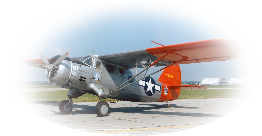
Aircraft maintenance and Accident cards for the Beaufighter RAF No 2098 curtesy of Philip Harvey.
Aircraft Movement Cards (AM Form 78) were used to record the allocation of an aircraft to units, and the dates on which damage was sustained and repaired.
The information shows that the final entry was on the 23rd of April 1943 and that both Hercules engines and plane were write offs ( abbr: letter E )
Please click on the images below to enlarge pdf file.
Our best interpretation of the accident form 2nd page
Nearly 6,000 Bristol Beaufighters were produced during WW2 and it was a very versatile aircraft performing many roles for the UK, USA and Australia. Today there are only 5 known surviving aircraft in museums in the UK, USA and Australia. The RAF Museum at Hendon has one on display. There are 2 more aircraft being restored with the hope they will fly again.
One is in Australia and the other is in the care of The Fighter Collection at IWM Duxford. The lack of serviceable Bristol Hercules engines is a problem for both projects.
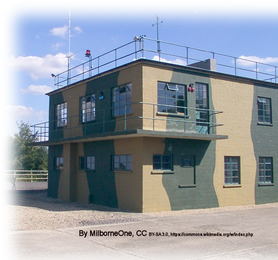
Royal Canadian Air Force, 409 Squadron
Royal Air Force 1939-1945, Fighter Command


